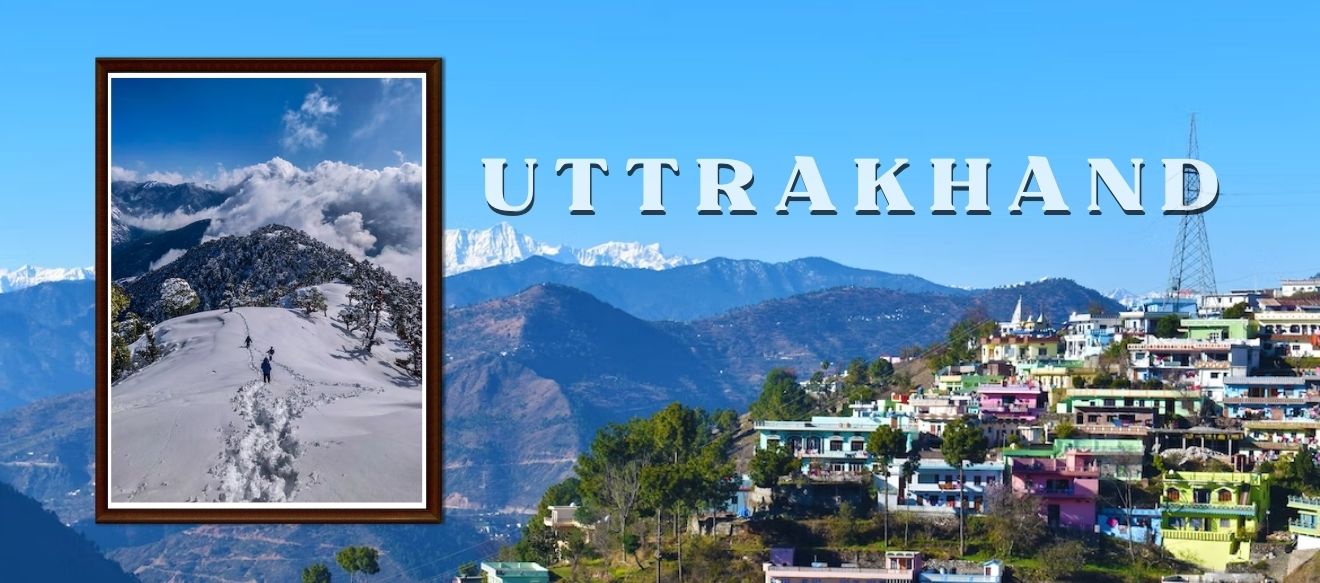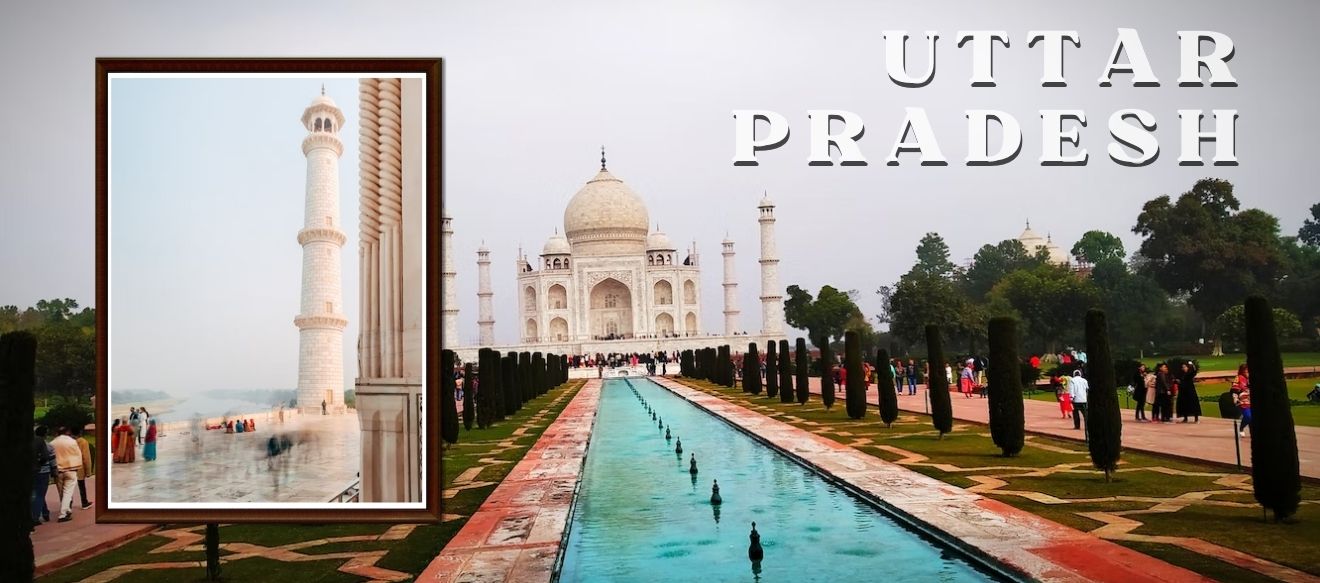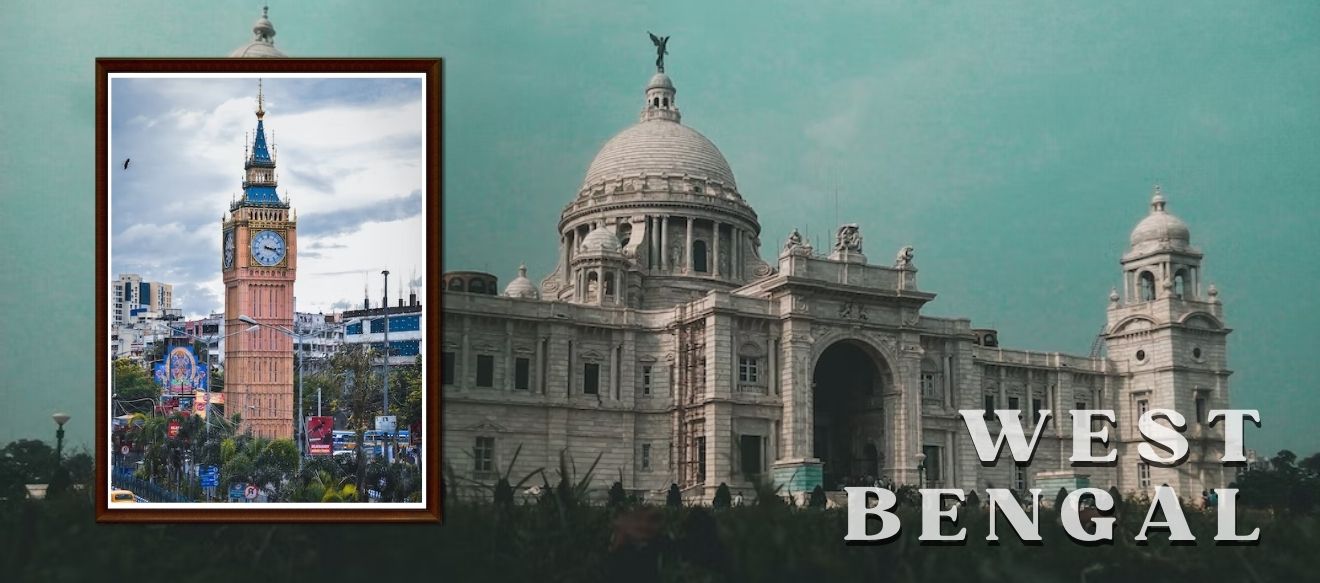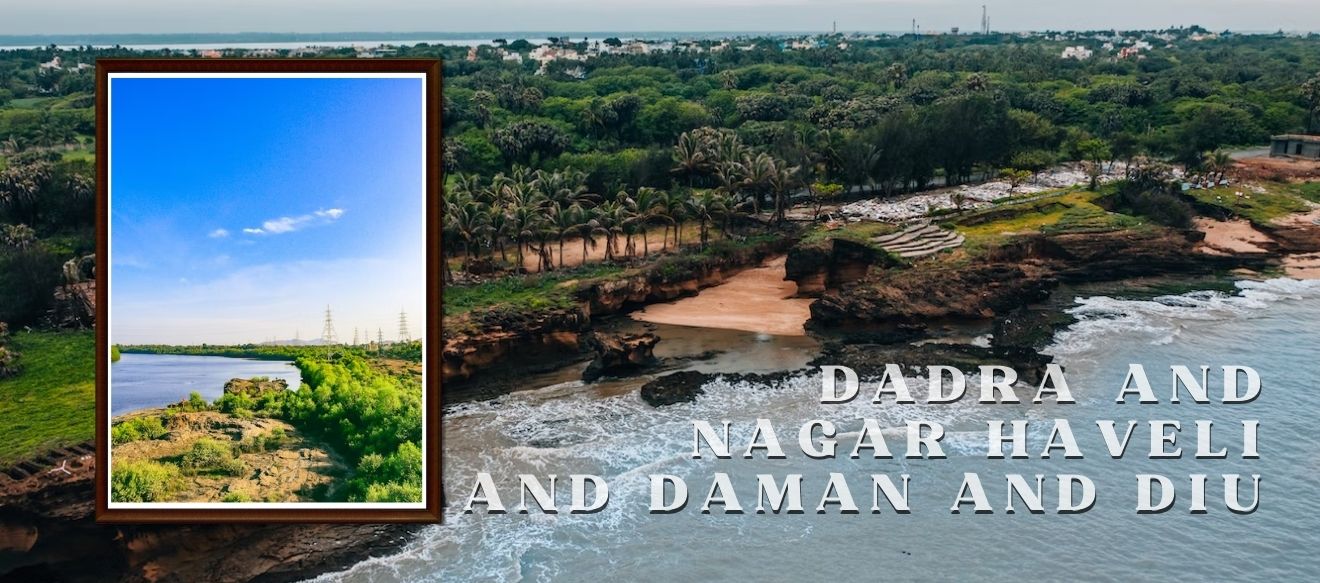A Brief Introduction of About Nagaland
Introduction
Nagaland is a northeastern Indian state. It is one of the smallest states. It is a mountainous location. It is perfect for adventure lovers. Its capital is Kohima and the largest city is Dimapur. It comprises 12 districts.
History
After the independence of India, this state remained a part of Assam. The Nagas were trying to get independence from India. In 1955, the central government sent troops to stop the rebellion. In 1960, the hills region and the Tuensang area were merged into a single entity. Finally, in 1963 it was recognized as an independent state of India.
Fairs and festivals
Nagaland is the abode of festivals. Every month the various festivals are organized by different tribes. The popular fairs and festivals are moats, Metemelo, Tsokum, Selu-enyi, Monyu, Aoling Mongu, Tuluni, hornbill festival, Ngada, Tokhu Among, Moatsu harvest festival, Sankarni, and much more.
Geography
The state has extended over 16,579 km². It is covered by the different Indian states like Assam, Manipur, Mayanmar, and Arunachal Pradesh to the west, north, east, and south. The state's 20% area is covered by tropical and subtropical forests. It is enriched in flora and fauna. Naga hills originated from the Brahmaputra valley.
Demographics
The state has a total population of 19,78,502 people of which males are 10,24,649 and females 9,53,853 as per the 2011 census. 75% of the population resides in rural areas of which 10% are below the poverty line.
Culture
Nagaland is a state of multiple tribes, each tribe has its culture, tradition, custom, and festivals. Agriculture is the main occupation of nagas to earn their livelihood. The state is known for its art and crafts like weaving, metalwork, wood carving, pottery, beadwork, and basketry. Jewelry, bamboo, and cane products are also popular.
Language
Nagaland has its official language English, while Nagamese is the widely spoken language of the state. There are more Languages found as per the 2011 census such as Chang, Konyak, Ao, Zemi, Zeme, Lotha, Phom, Kuki, Bodo, Dimasa, Assamese, Sema, Pochury, Manipuri, Bengali, Sangtam, Chakhesang and much more.
Education
The total literacy rate of the state is 79.55%. There are private, government, and central organizations which are running schools in Nagaland.
Tourism
Nagaland is rich in biodiversity hence it has become a tourist attraction. The state is a beauty of nature. It is a friendly place for adventurers. There are various adventure activities like rock climbing, trekking, and jungle camping.
Dances and music
Dance and music are part of their lifestyle. They have a uniqueness in their dances which attracts tourists as well as locals. The Zeliang dance and war dance are notable dances. The popular folk dances are Seecha, Sadal Kekai, Modse, butterfly dance, Mayur dance, Kuki dance, Khamba Lim, Leshalaptu, Monyash, and many others. The famous music in the state is secular and gospel music.
Cuisine
Nagaland is famous for Naga cuisine. Naga cuisine is non-vegetarian. The people of Nagaland usually prefer to eat dried, fermented, and smoked fish or meat. This state's staple food is rice. Naga cuisine is very spicy. They use several varieties of chilies and spices. The popular chilies and species are bhut jolokia, naga Morich, and Sichuan pepper. The popular dishes of nagas are Anishi, smoked meat, young jack, Galho, Akhuni, and fermented bamboo shoots.
All District of Nagaland
About Dimapur District
History:
Dimapur is the ancient capital of the Kachari tribe, whose ru..
About The province of Cyprus
History:
The province of Cyprus was recorded in the province of Tuensa..
About Kohima District
History:
Known as Kewhira, Kohima was founded in 1878 when the British..
Other State






